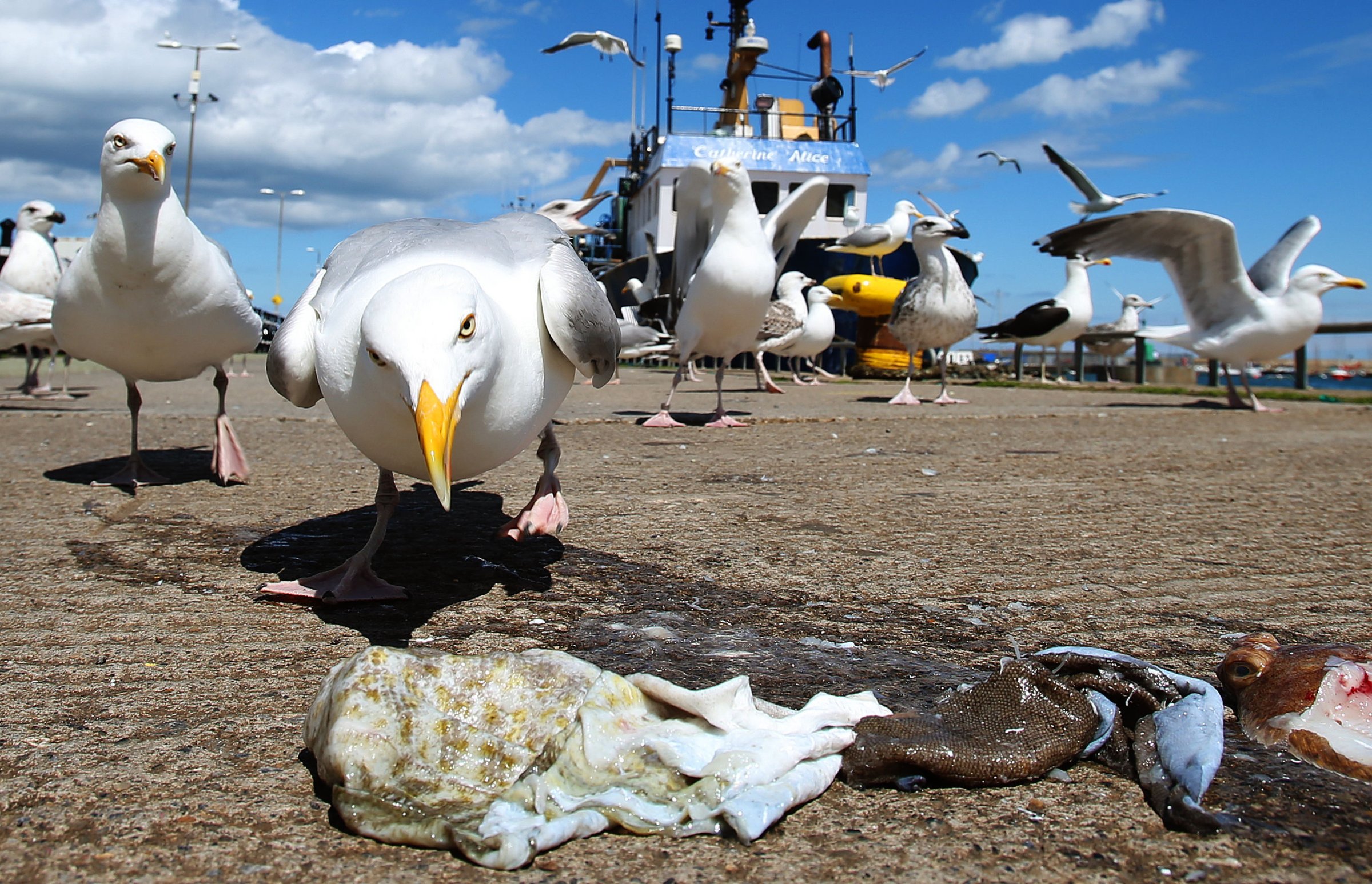
Plastic has long posed a threat to the environment, but new research shows the impact of the material on one particular kind of wildlife may be larger than previously thought.
According to a study published this week in the journal PNAS, 90% of seabirds around the world have ingested plastic. Researchers reached their conclusion after evaluating 186 seabird species across the globe. The areas where plastic pollution has had the greatest impact include southern parts of the Indian, Pacific and Atlantic Oceans.
Denise Hardesty, a researcher for an Australian federal agency, told the Associated Press that birds confuse small pieces of plastic for fish eggs, a mistake that has contributed to the high ingestion rates. “They think they’re getting a proper meal but they’re really getting a plastic meal,” she said.
For the new study, researchers evaluated plastic ingestion rates over time. Between 1962 and 2012, 29% of individual seabirds had plastic in their gut, according to the study. Researchers used information about the prevalence of plastic to determine that the figure has likely ballooned to 90%.
A permanent policy solution to the problem seems far off as plastic production continues to increase. Researchers say that humans will produce as much plastic between 2015 and 2026 as had been produced in all previous years combined. Still, the findings offer potential guidance to waste management policymakers, researchers say.
More Must-Reads From TIME
- The 100 Most Influential People of 2024
- The Revolution of Yulia Navalnaya
- 6 Compliments That Land Every Time
- What's the Deal With the Bitcoin Halving?
- If You're Dating Right Now , You're Brave: Column
- The AI That Could Heal a Divided Internet
- Fallout Is a Brilliant Model for the Future of Video Game Adaptations
- Want Weekly Recs on What to Watch, Read, and More? Sign Up for Worth Your Time
Write to Justin Worland at justin.worland@time.com